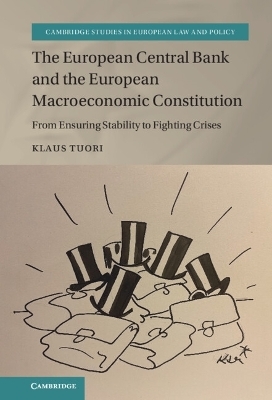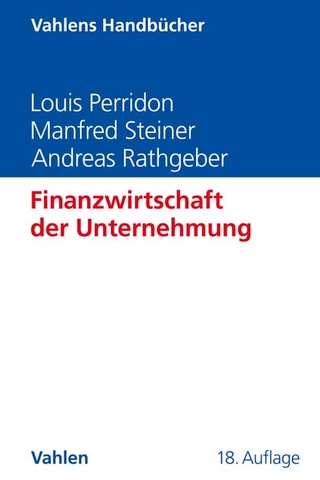
The European Central Bank and the European Macroeconomic Constitution
Cambridge University Press (Verlag)
978-1-108-48874-7 (ISBN)
The book is about money, central banking and constitutions. It explains how the European Central Bank was established to ensure stability and prosperity for the euro area. The ECB was guided and controlled by a coherent European Macroeconomic Constitution. However, this model has failed during recurring crises, and the ECB has started to act as the euro area fire brigade. Consequently, it is pushing the boundaries of monetary policy, and with that challenging the accountability mechanisms and fundamentally also the democratic legitimacy of the EMU. The book sheds light on this complex economic-constitutional setting with a view on the future. The imbalance between various new operations and a single price stability objective is difficult to remedy. New objectives of financial stability, economic adjustment and environmental sustainability can cause fundamental ruptures between the ECB's formal role and its actions, and they also dangerously overburden monetary policy moving forward with substantial risks.
Klaus Tuori is a research fellow at the University of Luxembourg. He is one of the leading scholars of the EU economic-constitutional model, whose multidisciplinary approach and understanding stems from his work as a central bank economist at the European Central Bank and financial markets. He is the co-author of The Eurozone Crisis: A Constitutional Analysis (Cambridge, 2014).
1. Introduction – a supranational central bank as a subject; Part I. The ECB as the Central Bank of the European Macroeconomic Constitution: 2. The three foundations of the EMU; 3. The principles of the European Macroeconomic Constitution; 4. ECB organisation, monetary policy strategy and operational framework; Part II. Crises, ECB Measures and the Macroeconomic Constitution: 5. ECB monetary policy during the financial crisis; 6. The prelude to the sovereign debt crisis: events, ECB verbal interventions and EU rescue programmes; 7. Selective government bond purchases; 8. The ECB's quantitative easing; 9. The banking union – the ECB takes over banking supervision; 10. ECB measures during the Covid-19 pandemic; Part III. The ECB from a Central Bank of Stability to a Central Bank of Crisis; 11. The fate of the European Macroeconomic Constitution; 12. The objectives for the ECB and the Macroeconomic Constitution going forward; Epilogue: where do we go from here?.
| Erscheinungsdatum | 14.09.2022 |
|---|---|
| Reihe/Serie | Cambridge Studies in European Law and Policy |
| Zusatzinfo | Worked examples or Exercises |
| Verlagsort | Cambridge |
| Sprache | englisch |
| Maße | 158 x 235 mm |
| Gewicht | 670 g |
| Themenwelt | Recht / Steuern ► EU / Internationales Recht |
| Recht / Steuern ► Öffentliches Recht | |
| Wirtschaft ► Betriebswirtschaft / Management ► Finanzierung | |
| Betriebswirtschaft / Management ► Spezielle Betriebswirtschaftslehre ► Bankbetriebslehre | |
| Wirtschaft ► Volkswirtschaftslehre ► Finanzwissenschaft | |
| Wirtschaft ► Volkswirtschaftslehre ► Makroökonomie | |
| ISBN-10 | 1-108-48874-9 / 1108488749 |
| ISBN-13 | 978-1-108-48874-7 / 9781108488747 |
| Zustand | Neuware |
| Informationen gemäß Produktsicherheitsverordnung (GPSR) | |
| Haben Sie eine Frage zum Produkt? |
aus dem Bereich


